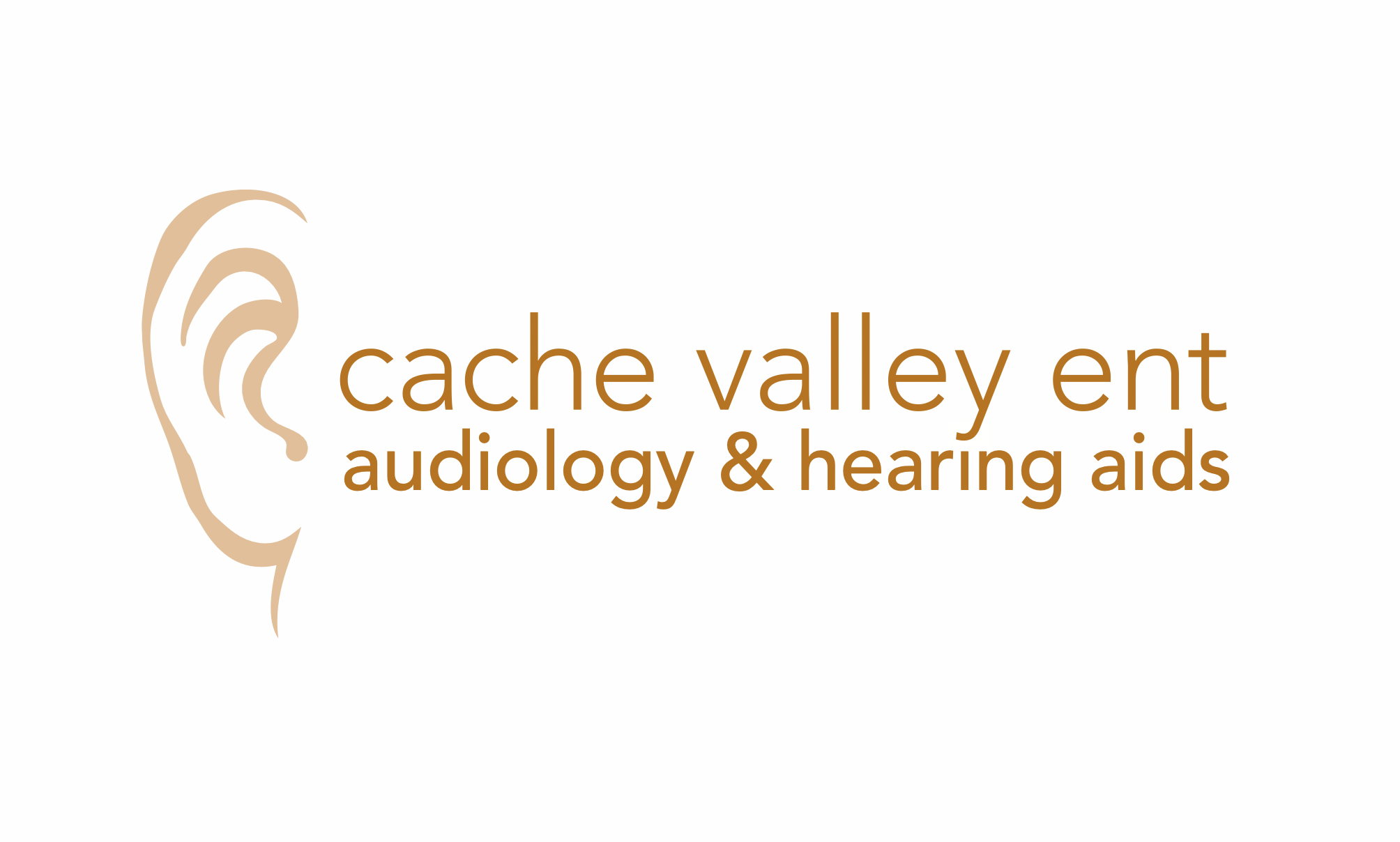Life is enriched by our senses. The experiences we have through our sight, touch, smell, taste, and hearing working together enable us to enjoy life. Hearing is especially vital to our quality of life. It enables us to communicate our wants, needs, and emotions.
You can't reverse most kinds of hearing loss. However, a trained audiologist can apply the appropriate care and technology to significantly lessen its effects and improve the quality of sounds that make up your life. Unfortunately, many of those suffering from a hearing loss are either ashamed or unaware of their condition and do not utilize the advanced hearing aid technology that is available today.
Sound Defined
We measure sound loudness in decibels. Sound pitch is measured in frequency of sound vibrations per second. A deep voice has a low frequency, whereas, a child's voice has a high frequency.
Types of Hearing Loss
Hearing loss in adults and children is measured in degrees. The loss can range from mild, one that causes difficulty hearing soft sounds such as a whisper, to moderately severe, where a person can still hear if speech is spoken at a louder level than normal, to a profound loss resulting in deafness.
Hearing loss typically falls into two main categories.
A conductive loss is associated with conditions in the external or middle ear that block the transmission of sound. These conditions can include ear infection, fluid in the ear, impacted ear wax, a perforated ear drum, a foreign object in the ear canal or birth defects that alter the canal. Many of these conditions are treatable through minor procedures or surgery.
Sensorineural loss is the second type. Sometimes termed "nerve deafness," this is a condition involving the inner ear or central auditory pathway to the brain issue. In children, this type of loss is caused by congenital infections, the use of ototoxic drugs (antibiotics), premature birth with a very low birth weight and some of the resulting treatments or a number of other medical conditions. Sensorineural hearing loss that occurs later in life is caused by genetics, noise exposure, the use of ototoxic drugs, viral infections to the inner ear, and other medical conditions that arise. Although there is typically no cure for this type of hearing loss, most can be helped to overcome this with hearing aids.
High-Frequency Hearing Loss
In the first stages of age-related hearing loss, high frequencies are usually affected first and take more volume to become audible. Inconveniently, the parts of speech that give us meaning and clarity are also high frequencies. Difficulty understanding high-pitched voices of women and children is typically one of the first symptoms of a high-frequency hearing loss. High-frequency hearing loss may also distort sound, which makes speech difficult to understand even if it can be heard.
As stated, the parts of speech that give its meaning are the high frequencies. People with hearing loss often have difficulty differentiating these sounds and also the words that use these sounds. Words that contain the sounds CH, F, K, S, SH, T, TH will spell trouble. These consonants are in a much higher frequency range than vowels and other consonants.
Degree of Hearing Loss
There are different levels or degrees of hearing loss. A person with normal hearing can perceive very soft sounds, whereas a person with a profound loss can only perceive sounds louder than 90 dB.
The effects of hearing loss can be minimized if:
- Your problem is correctly diagnosed
- You receive the right type of treatment
- You and your hearing care team are committed to solving the problem
Prevention
Avoiding loud noise will help prevent premature hearing loss related to noise exposure. Avoiding these loud sounds can also help prevent further hearing damage, as a weakened hearing system becomes more susceptible to further damage than a healthy hearing system. There are some easy ways to identify if a particular sound is potentially harmful:
Is the sound so loud that you have difficulty talking to or hearing others talk over the sound?
Is the sound so loud that it makes your ears hurt?
Is the sound so loud that your ears ring after hearing the sound?
Do other sounds seem muffled after exposure to the loud sound?
If you can answer "yes" to any of the above questions, the noise is likely damaging your hearing. Sounds above 85 dB are harmful depending on how long and how often you are exposed to them. The louder a sound is, the less the amount of time in that environment is required to cause damage. Hearing protection can help. If used properly, hearing protection devices can reduce the loudness of sound reaching the ears.
Hearing Testing
An important part of hearing health is having your hearing checked periodically. There are several levels of hearing evaluation, from a basic hearing test to more complex diagnostic tests for specific problems.
A basic hearing test is performed in a Sound Booth with an audiometer, a device that produces various pitch sounds (frequencies) at different levels (intensities). Results are then charted on an audiogram, which gives our audiologist an indication of whether hearing is within a normal range or if a problem may exist. If a hearing loss is detected, more testing is performed to better define the nature and extent and possible cause of the hearing loss. There are many other tests that can be performed by our audiologist to understand the extent and possible cause of the loss. Each evaluates a different part of the ear. Other typical tests performed include tympanometry, which tests the eardrum and the middle ear (the space behind the eardrum), speech testing, evaluating the effect of the hearing loss on understanding of speech, and acoustic reflex testing, which measures the reflex arc from your auditory nervous pathway toward the brain and down the nerve to the muscles attached to tiny bones within the middle ear.

